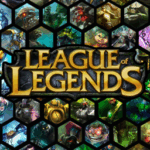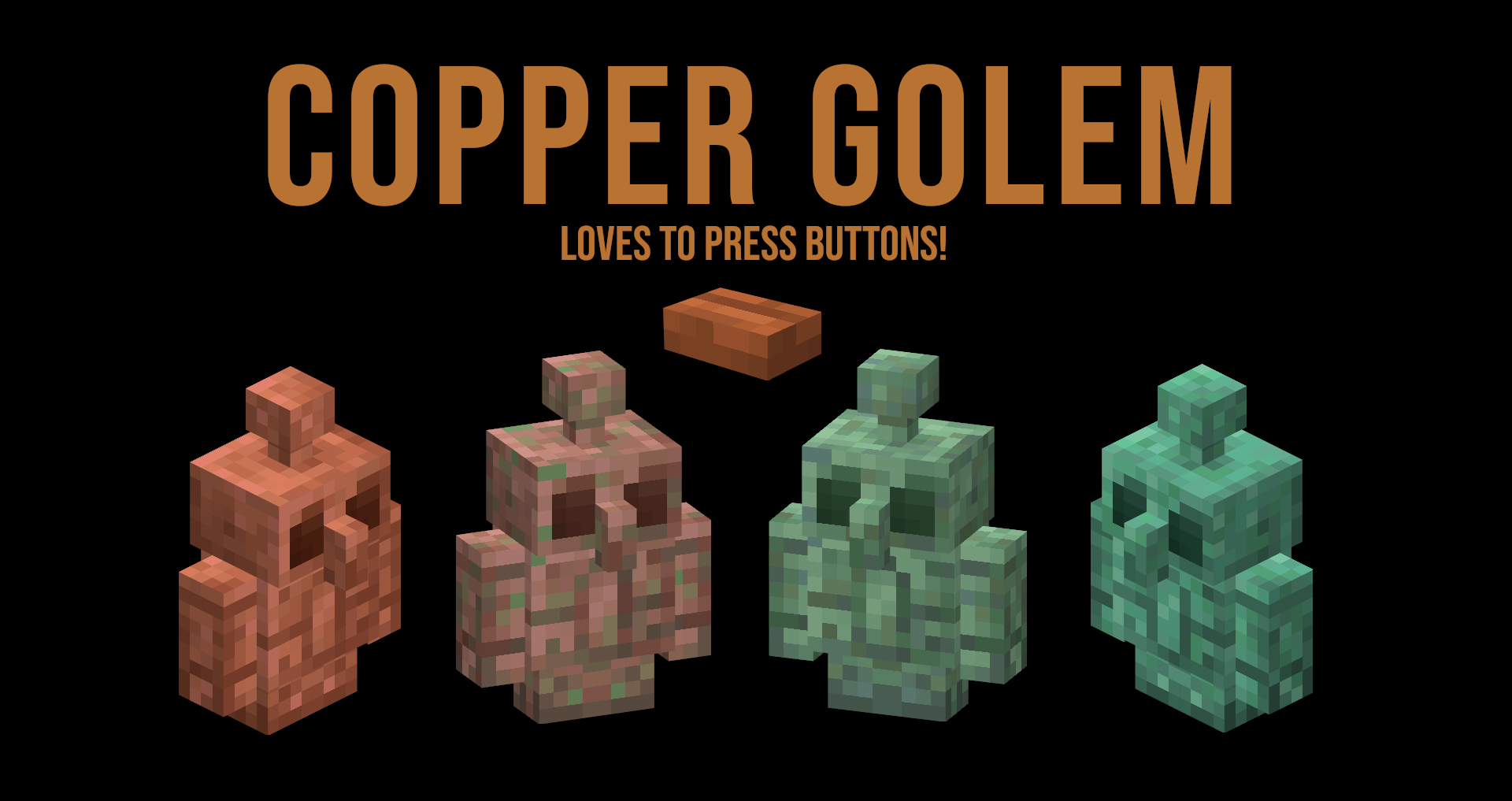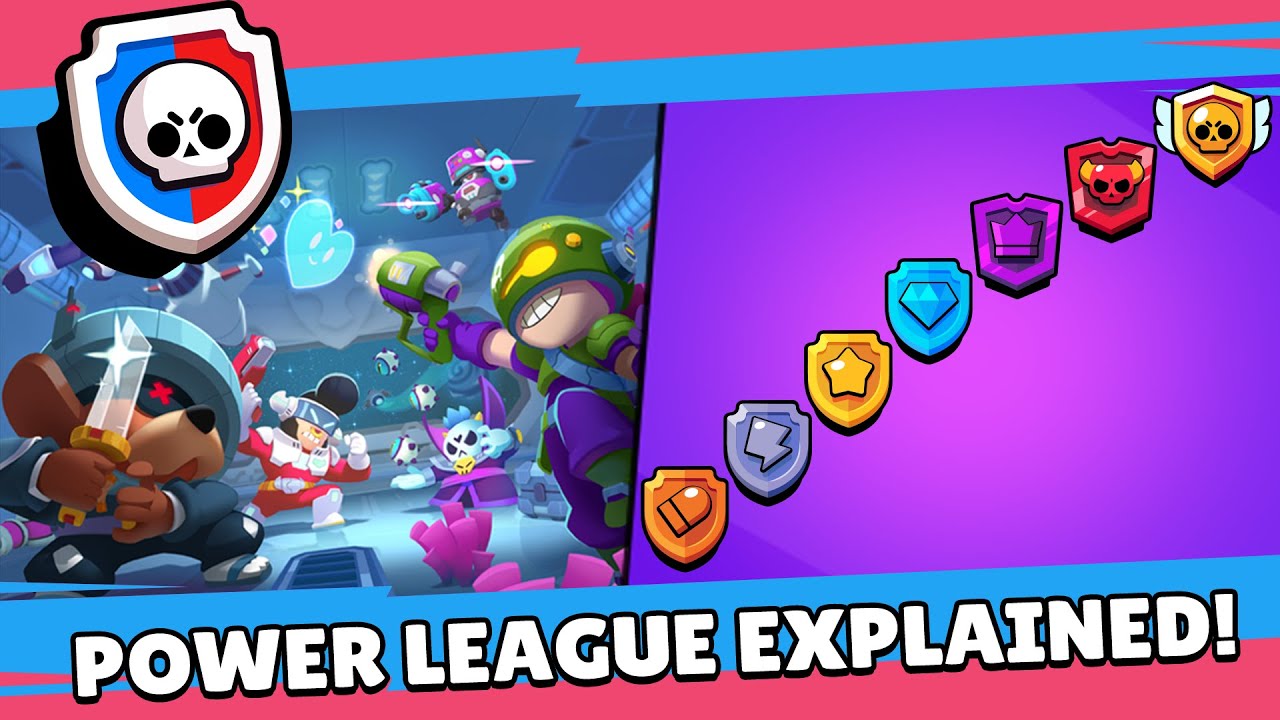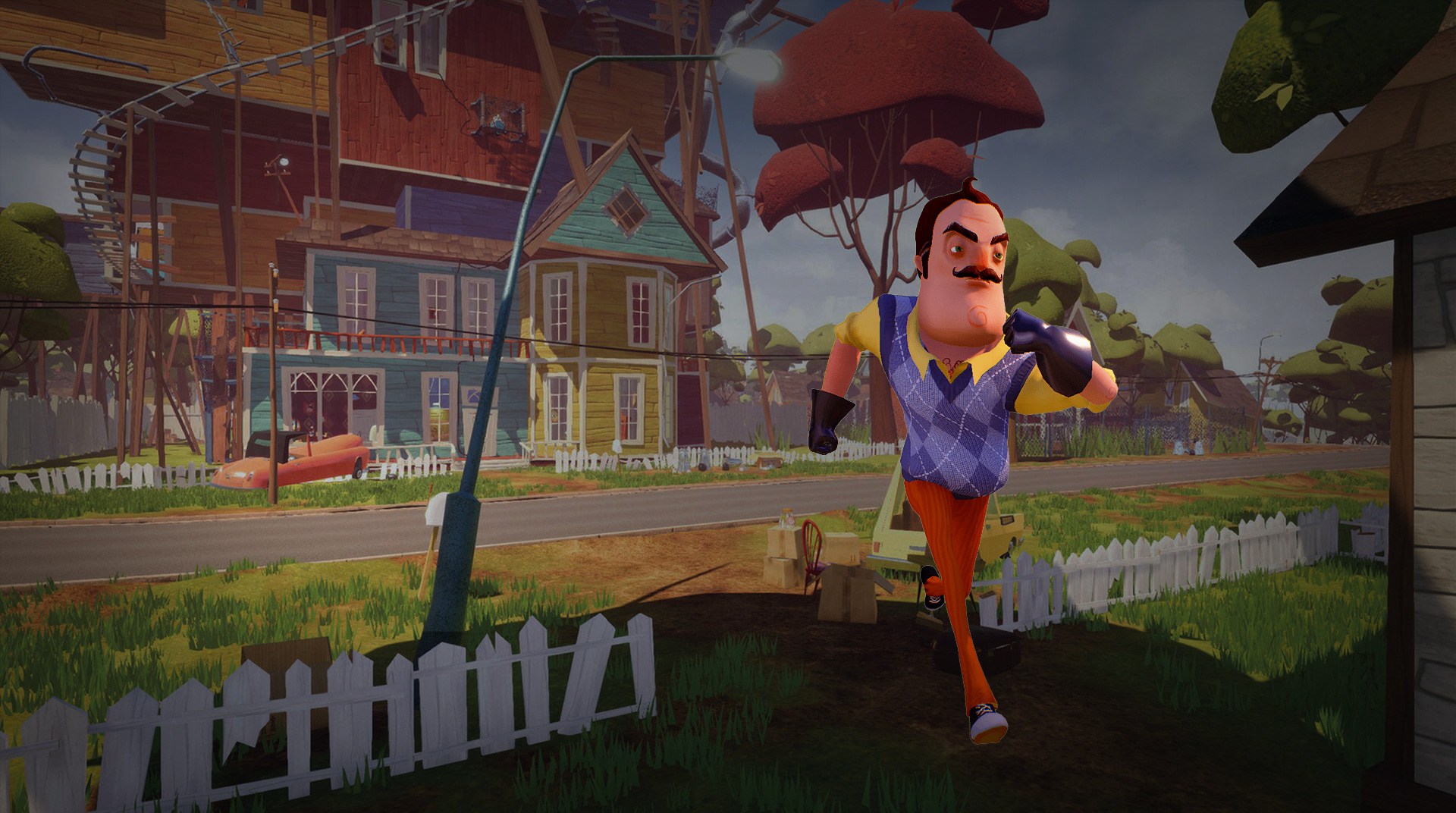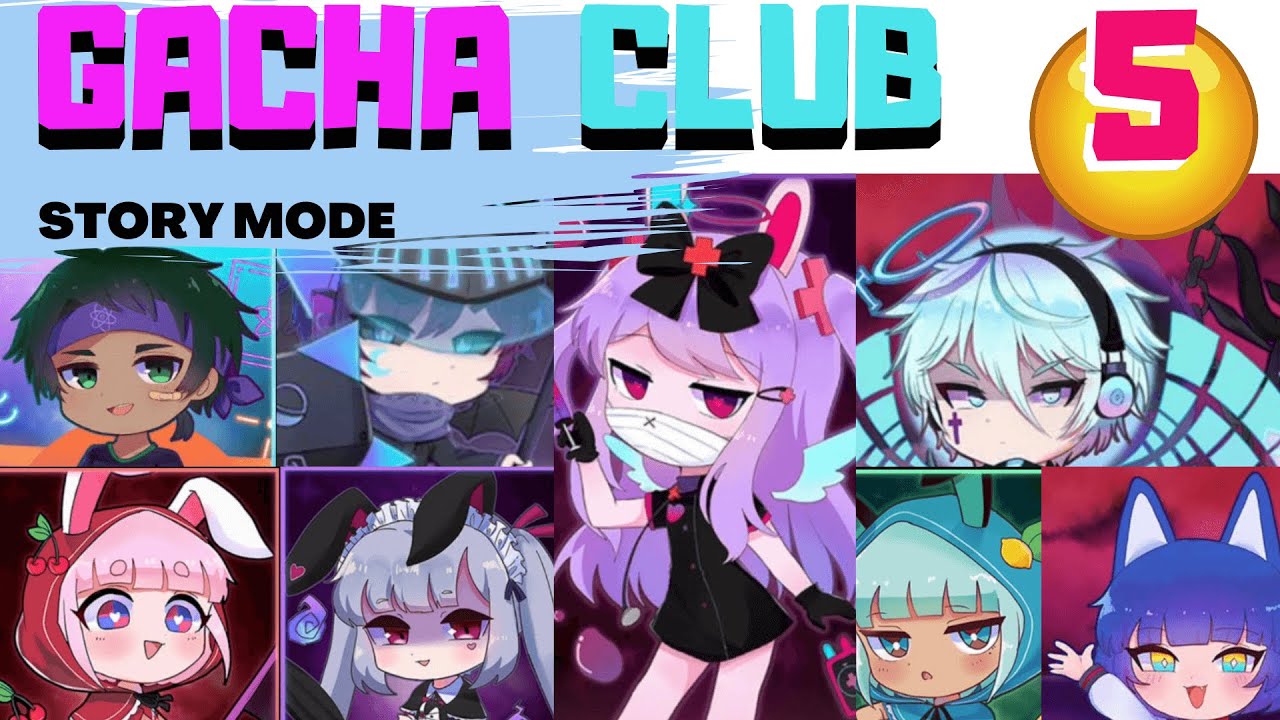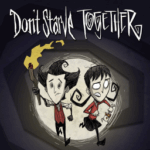Roblox: 99 Nights in the Forest has emerged as a standout survival-horror experience within the ever-expanding universe of Roblox. Set in a procedurally eerie and immersive forest, the game tasks players with surviving 99 long, dangerous nights while unraveling cryptic lore, cooperating (or betraying) others, and mastering limited resources. This article explores the game’s systems, narrative elements, community dynamics, and player experience from beginning to end. Whether you’re a veteran survival gamer or a curious Roblox player, this deep-dive review breaks down every aspect of the experience.
The First Night – Introduction to Fear and Exploration
The opening of 99 Nights in the Forest doesn’t waste time setting the tone. As you spawn deep in a fog-covered woodland with only a flashlight, some snacks, and a basic backpack, the game builds tension through atmospheric sounds, limited vision, and minimal UI.
Establishing the Atmosphere
Every rustling leaf, distant animal sound, or breaking twig reinforces a growing paranoia. Players are introduced to the game’s minimal interface and discover early on that light and silence are your best allies.
Key Early Objectives
-
Locate shelter before nightfall
-
Learn the crafting system
-
Identify friendly vs. suspicious players
This phase serves as the game's tutorial but is cleverly embedded within gameplay rather than separate instructions, enhancing immersion.
Crafting and Resource Management in the Early Game
As players progress through the first 10 nights, crafting becomes crucial. Tools, traps, and shelter upgrades can mean the difference between life and death. Players must scavenge materials by day while avoiding supernatural dangers by night.
Core Resources
-
Wood, Stone, Rope – Found near rivers and trees
-
Herbs and Berries – For crafting medicine and avoiding hunger
-
Scrap Metal – Rare, but essential for advanced gear
Early Crafting Tips
-
Prioritize building a fire pit and signal flares
-
Avoid over-crafting and inventory overload
-
Pair up with another player to balance tasks
The system rewards players who think ahead and punishes those who hoard or wander too far.
Trust and Betrayal: Multiplayer Social Dynamics
By night 15, players typically form small groups or camps. Trust becomes a mechanic in itself. You can share items, trade, or team up for defense. But backstabbing is real—and sometimes rewarded.
Player Interaction Systems
99 Nights in the Forest includes text chat, proximity voice, and emotes. These tools are used to form alliances, signal danger, or deceive others.
Consequences of Betrayal
-
Killing a teammate alerts nearby AI predators
-
Reputation system subtly tracks betrayal history
-
Betrayers may be marked or excluded from future camps
This element brings in the emergent storytelling that Roblox games increasingly lean into.
Night Terrors: The Evolution of AI Threats
Monsters evolve. By night 20, the simple shadows seen lurking are replaced by smart, sound-reactive enemies. The game uses dynamic difficulty that adjusts based on group size and survival success.
Types of Enemies
-
The Lurker – Hunts based on movement
-
Witch Tree – Immobilizes players near old groves
-
The Forgotten – A ghostlike entity that appears if a player dies alone
Defensive Tactics
-
Build noise traps to mislead AI
-
Use crafted candles to repel certain enemies
-
Stay in groups during night patrols
These escalating threats maintain tension and pace as nights grow longer and colder.
The Midgame: Nights 30–60 and Deep Forest Mechanics
In this phase, the map expands. Players uncover hidden paths, relic zones, and underground ruins. These contain lore items and superior resources but are also heavily guarded.
Exploration Becomes Dangerous
Players begin unlocking quests tied to journal fragments and old forest symbols. One example: solving the “Moonlight Grove” puzzle unlocks a new ability to camouflage.
Midgame Rewards
-
Cloaking talismans
-
Campfire auto-repair kits
-
Relic buffs (passive boosts)
There are rewards for those exploring, but risk exposure to high-level threats. The balance is well-designed, rewarding high-risk strategies while allowing cautious players a viable path.
Environmental Storytelling and Lore Unveiled
One of the strongest aspects of 99 Nights in the Forest is its environmental storytelling. By nights 40–70, more players begin to piece together what the forest is—and why you're trapped inside it.
Lore Highlights
-
The forest was once a ritual ground to trap a cursed entity
-
Players are descendants of those involved in the original sealing
-
Each player death feeds the forest’s power
Lore-Driven Mechanics
-
Certain rituals can weaken enemies for a few nights
-
Dream sequences on night 49 reveal player backstories
-
“Memory Stones” allow rewatching past betrayals or sacrifices
The game’s writing and hints don’t overwhelm but are subtle, rewarding curious players.
Late Game Systems: Rituals and Forest Corruption
After night 70, the forest becomes visibly corrupted. Trees rot, daylight dims, and monsters no longer follow predictable patterns. Ritual sites become central.
Endgame Rituals
-
Players must collect 7 “Sealed Sigils” to weaken the forest god
- Players have to build crafting altars in three cursed zones
-
Only one player can carry the final ritual torch
Team vs. Solo Conflict
This introduces one of the most divisive mechanics: Do you trust someone else to carry the final item—or betray them at the last moment?
This choice splits groups and has led to unforgettable player stories and server-wide wars.
Permadeath, Respawn, and Memory Mechanics
Unlike most Roblox games, 99 Nights in the Forest features a semi-permadeath system. If you die after night 75, your character is gone. However, others can recover your memory shard and revive you if within 2 in-game days.
Memory Shards
These shards allow partial revives, but they come with trade-offs: lost inventory, minor stat debuffs, or lost journal entries.
Impact on Gameplay
-
Encourages players to form deeper bonds
-
Prevents reckless behavior
-
Makes late-game sacrifice more meaningful
These systems make player choices resonate in ways rarely seen in Roblox survival games.
The Final Nights: Ending Paths and Server Outcomes
Night 99 is not just a number—it’s the climax. Depending on past actions, player alignment, and ritual completion, servers branch into different endings.
Possible Endings
-
Forest Salvation: All players survive; the forest is cleansed
-
Solo Survival: One player sacrifices the rest and escapes
-
Total Corruption: All players die; the forest god awakens
Replayability
-
Over 10 different ending variants
-
Each playthrough creates unique character arcs
-
Secret endings unlock cosmetic rewards in future servers
The payoff is emotionally heavy and richly interactive, especially for tightly knit groups.
Conclusion: A Roblox Survival Masterpiece
Roblox: 99 Nights in the Forest is not just a game—it’s a persistent narrative engine. It redefines what a Roblox experience can be by layering horror, survival, morality, and social strategy. While it may not be beginner-friendly and can evoke frustration through its betrayal system, the emotional highs, emergent storytelling, and community engagement elevate it above most of its genre peers.
Final Rating: 9/10
Whether playing for the lore, the thrill of surviving 99 nights, or the tension of trusting strangers, this game leaves a lasting impression.









